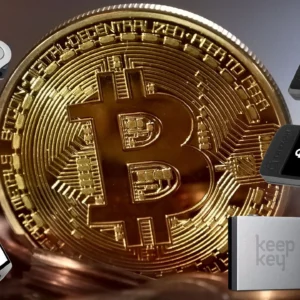Tired of slow and pricey international money transfers? Blockchain tech offers a solution. XRP aims to make these transfers faster and cheaper. This article explores it’s impact on global payments. We’ll look at benefits, challenges, and what’s next.

Understanding the Cross-Border Payments Problem
Cross-border payments are when you send money to another country. Remittances are money sent home by people working abroad. The old way uses correspondent banking. This system has issues.
Inefficiencies of Traditional Systems
Think of cross-border payments like a relay race with many runners. Each runner (intermediary bank) adds time and cost. High fees eat into the amount you send. Slow processing can take days.
You also have a lack of transparency, meaning you don’t know where your money is along the way. This hurts businesses and folks in developing countries who rely on remittances. The average cost of sending money globally is around 6.2%, according to the World Bank.
The Role of Correspondent Banking
Correspondent banking involves banks in different countries working together. Bank A in the US uses Bank B in the UK to send money to Bank C in India. Each bank charges a fee. The process is slow and clunky. Security is another concern. There is a risk that these banks aren’t watching for illegal activity.
XRP and Ripple: A Solution for Global Payments?
XRP is a digital asset, made to be a quick and low-cost way to send money. Ripple is a company that pushes it for these payments. Ripple wants to make moving money across borders simple.
How XRP Facilitates Faster Transfers
The XRP Ledger is the tech behind XRP. It uses a special way to confirm transactions super fast. This method is faster than old-school systems. it transactions confirm in seconds, not days like SWIFT transfers.
Ripple’s Payment Solutions: ODL (On-Demand Liquidity)
ODL uses XRP to swap between different currencies. ODL can get rid of the need for pre-funded accounts. This means less money is sitting idle. Think of it like a universal translator for money. It quickly converts one currency to another.
Benefits of XRP for Cross-Border Payments and Remittances
XRP offers some real advantages for sending money globally. It could mean cheaper fees and faster speeds. It also makes access easier for those who need it.
Reduced Transaction Costs
It can lower fees compared to old ways of sending money. This matters a lot, especially for smaller amounts. Businesses can save money on international deals. Families sending remittances get more money home.
Faster Settlement Times
XRP transactions happen much faster. This is great for businesses that need quick access to cash. Imagine waiting days for a payment versus seconds. That speed makes a difference.
Increased Transparency and Traceability
XRP Ledger gives you more transparency. You can see where your money is. This helps cut down on fraud and makes things more secure.
Challenges and Criticisms of XRP
XRP faces challenges. These includes regulations, price swings, and worries about who controls it.
Regulatory Uncertainty
Rules around cryptocurrencies, including XRP, are unclear. This can affect how it is used. Businesses might be scared to use it if the rules are not clear.
Price Volatility
It’s price can change quickly. This can be a problem for cross-border payments. Imagine sending money, and by the time it arrives, it’s worth less. To deal with this risk, companies can use tools that lock in the exchange rate.
Centralization Concerns
Some folks worry that Ripple has too much control over it. Ripple has taken steps to make things more decentralized.
The Future of XRP in Cross-Border Payments
XRP has potential in the cross-border payments market. Partnerships, tech improvements, and market trends could help it grow.
Potential Partnerships and Integrations
Banks and payment processors could team up with Ripple. These partnerships could help it reach more people.
Technological Advancements
Upgrades to the XRP Ledger could make it faster and more secure. These improvements could make it even better for global payments.
Market Trends and Adoption
More people are using blockchain for payments. This trend could help it grow. As the world becomes more connected, faster and cheaper payments are becoming more important.
Conclusion
XRP aims to change how we send money across borders. It promises lower costs and faster speeds. However, it faces some hurdles. Regulatory clarity and taming price swings are key. it offers a new way, but these challenges must be met for it to be adopted widely.







This Post Has One Comment